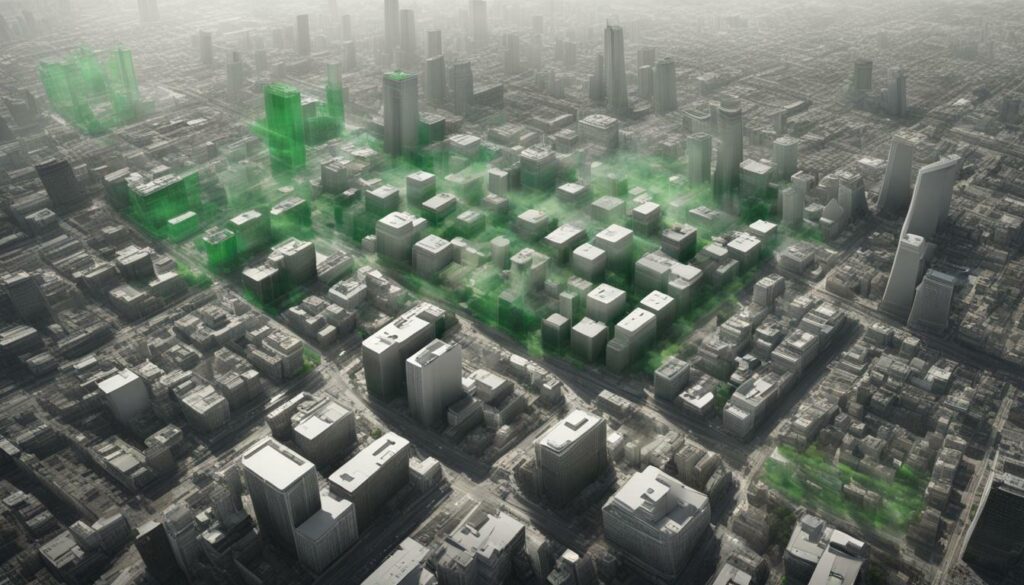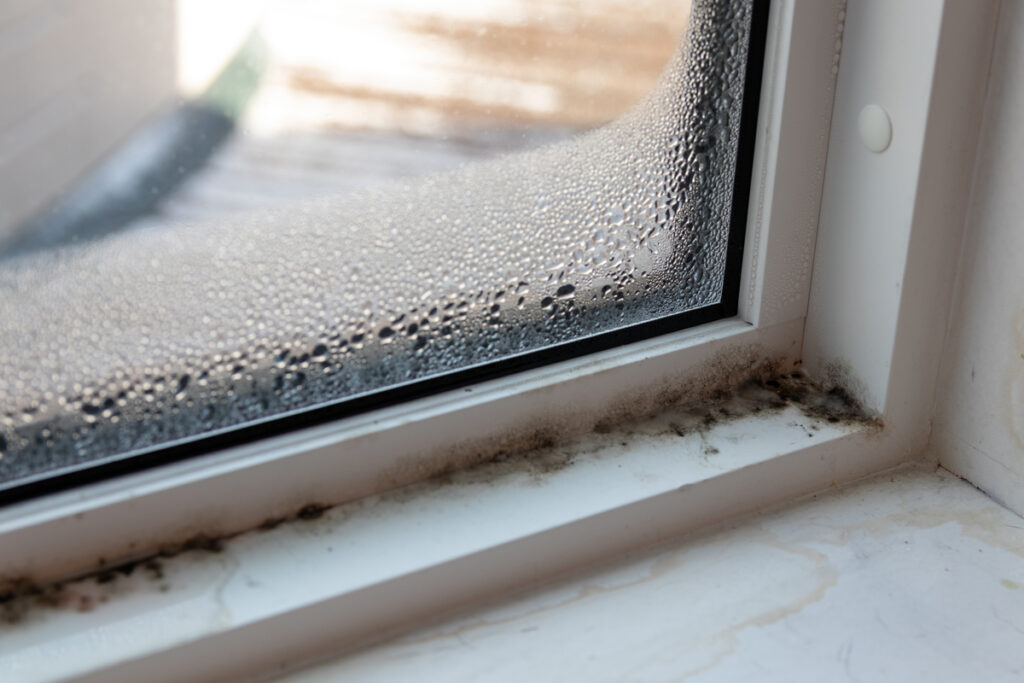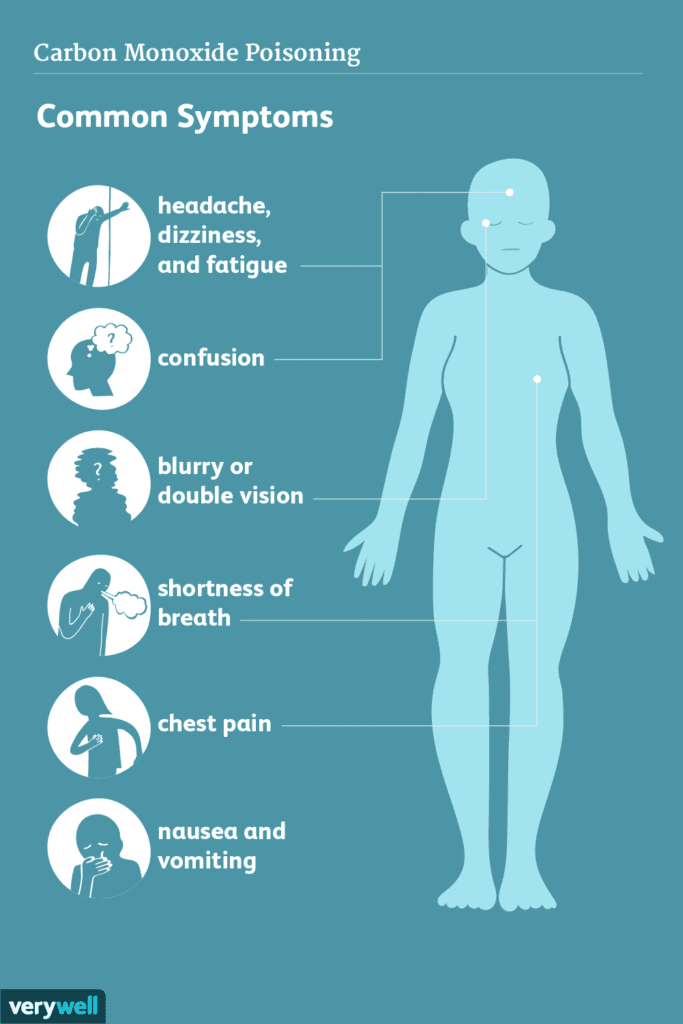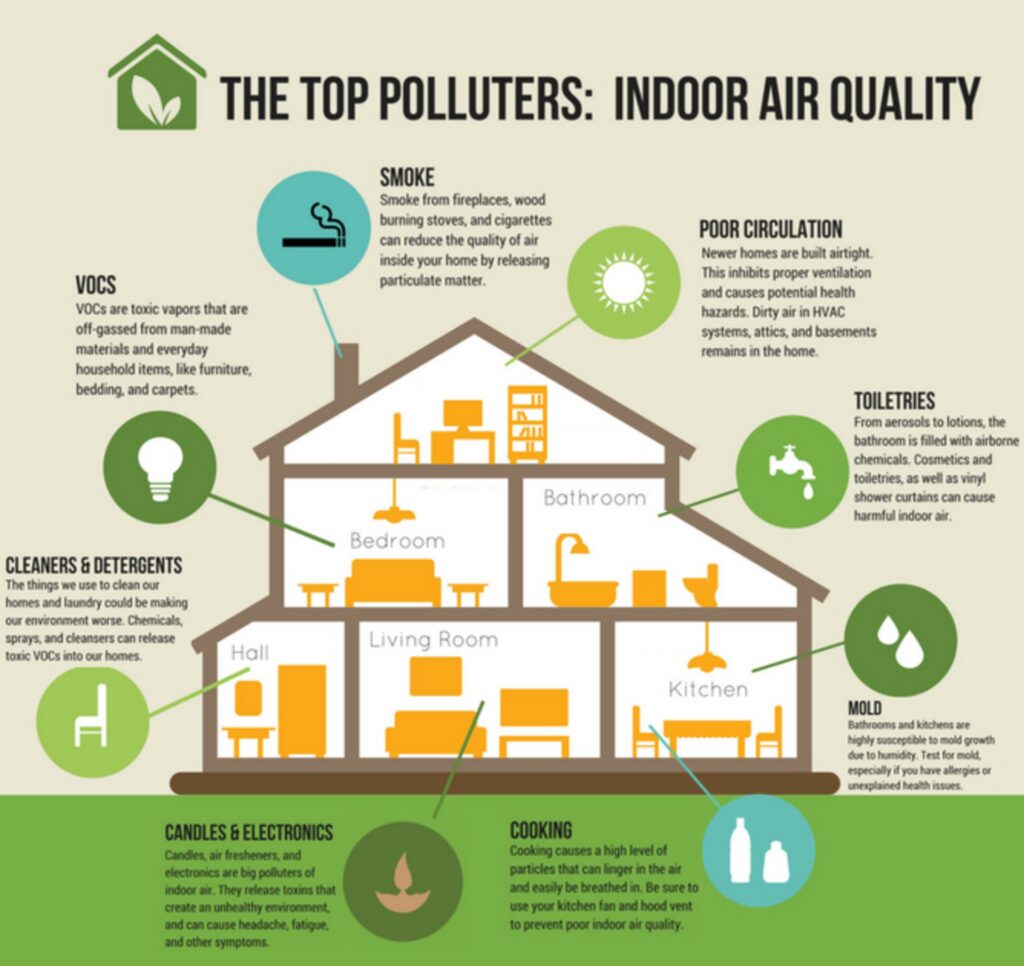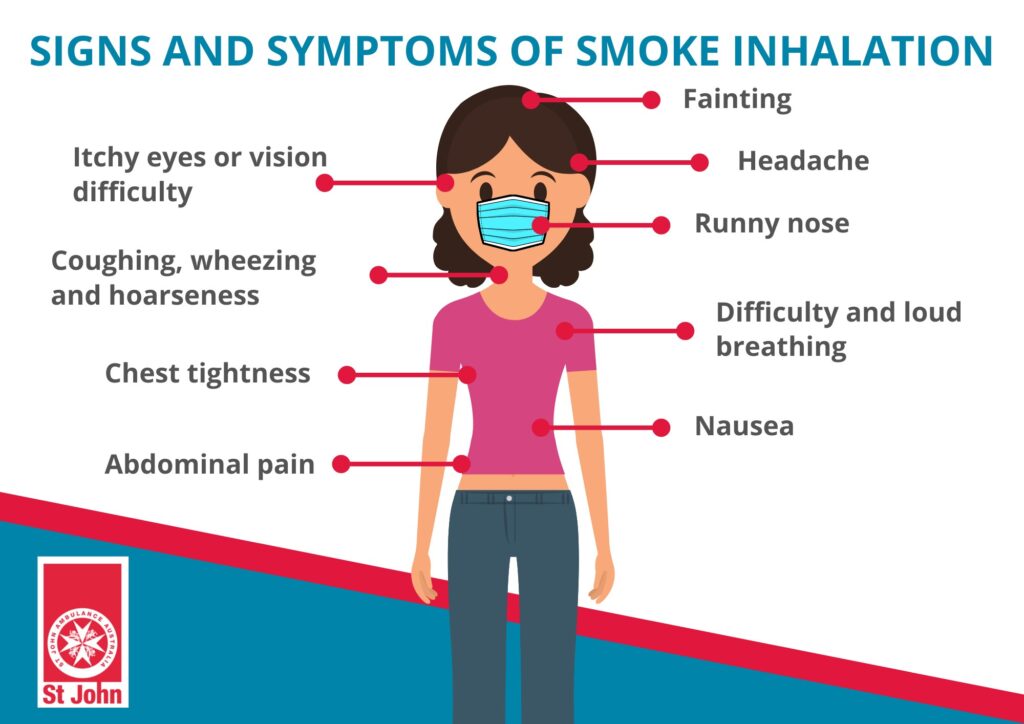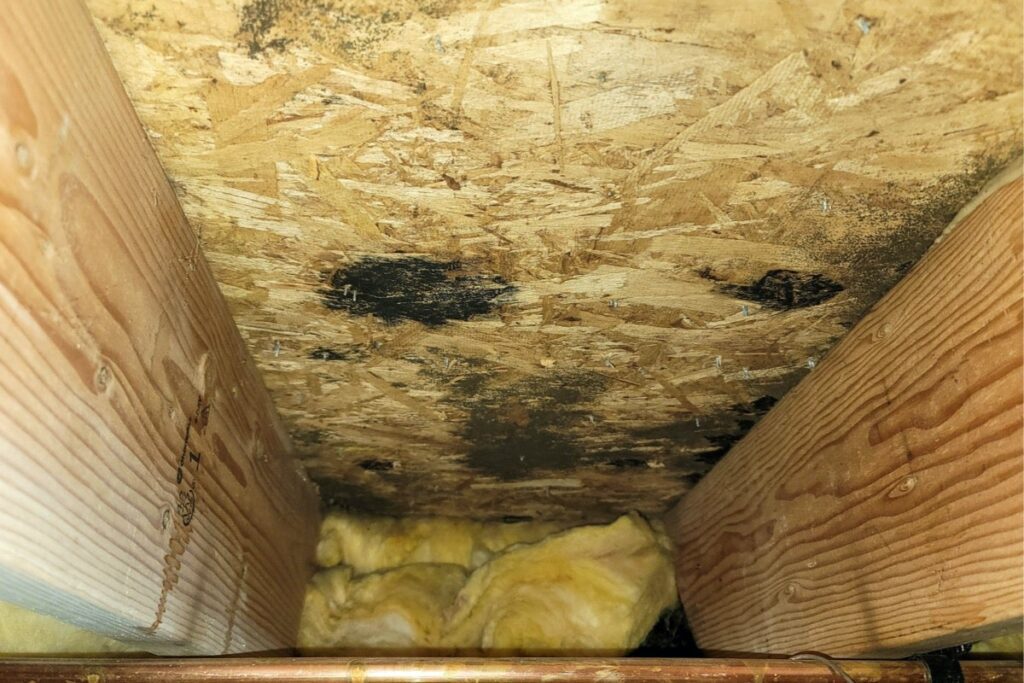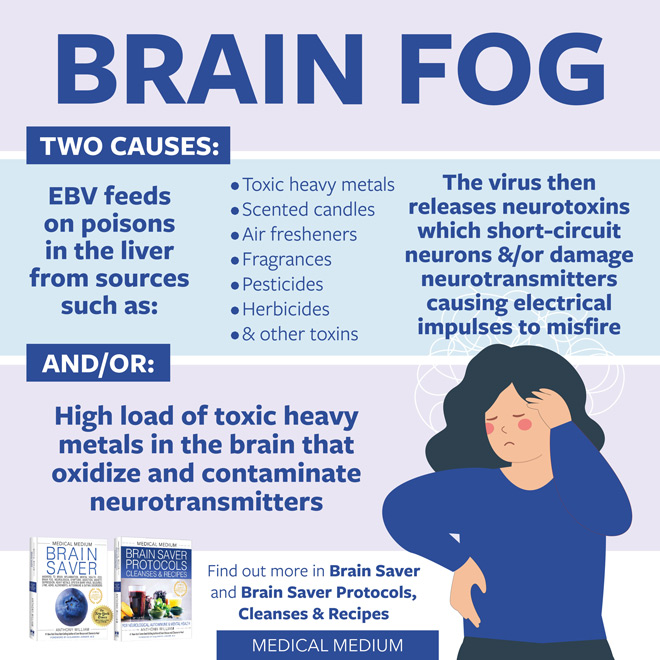Are you concerned about the air quality while commuting or traveling? As pollution continues to be a growing concern worldwide, clean air zones have become increasingly prevalent in cities and urban areas. Clean air zones are designated areas with restrictions on certain types of vehicles or activities to minimize air pollution and improve air quality.
But how can you access information about clean air zones in your area or the places you plan to visit? Can Google Maps show clean air zones? The answer is yes.
Google Maps can provide real-time air quality information and display clean air zones on its maps, helping users make informed decisions about their routes. By utilizing air pollution data from various sources, Google Maps can suggest alternative routes to avoid areas with poor air quality or congested traffic, promoting healthier choices for commuters.
Key Takeaways:
- Google Maps can display real-time air quality information and clean air zones on its maps.
- By using the app’s features, users can navigate safer and cleaner routes to minimize exposure to pollutants and promote healthier choices for commuting.
- Accessing clean air zone information on Google Maps is simple and easy to use.
Real-Time Air Quality Information
Google Maps not only provides directions to your destination, but it can also display real-time air quality information. By utilizing air pollution data from different sources, Google Maps can give you an insight into the current air quality in your area and the areas you plan to navigate through.
The air quality index (AQI) is the primary measurement used to determine the level of air pollution in a specific location. Google Maps uses this index to display the level of pollution in an area, helping you make informed decisions about your route. You can access the AQI data on the map by enabling the air quality layer.
| Benefits of Real-Time Air Quality Information on Google Maps |
|---|
| 1. Make informed decisions about your route |
| 2. Avoid areas with poor air quality |
| 3. Promote better health choices |
Knowing the air quality on your route can help you reduce your exposure to pollutants, which can have long-term health benefits. Additionally, using the air quality layer on Google Maps promotes better health choices, both for yourself and the environment.
Google Maps utilizes air pollution data from reputable sources to provide accurate and reliable information. With continuous updates, you can be assured of the accuracy of the air quality data displayed. Overall, the real-time air quality information feature on Google Maps is a useful tool for making informed decisions, promoting healthier choices, and reducing your exposure to pollutants.


Navigating Safer, Cleaner Routes
When it comes to clean air zones, using Google Maps can be incredibly helpful in finding safer and cleaner routes. By enabling the air quality layer on the map, you can easily see which areas have higher levels of pollution and make informed decisions about your route. You can even customize your settings to avoid certain types of air pollutants.
Google Maps also offers alternate route suggestions to help you avoid areas with high pollution levels or heavy traffic. This not only helps you breathe cleaner air, but can also save you time and frustration on your commute.


By utilizing these features, you can reduce your exposure to harmful pollutants and make choices that promote a healthier lifestyle. With clean air zone updates on Google Maps, you can stay informed about the latest developments and make adjustments to your daily routine as needed.
Clean Air Zone Information on Google Maps
Google Maps provides a comprehensive view of clean air zones for users who want to navigate through them or plan their routes around them. The information available includes the boundaries of the zone, any associated restrictions, and additional details provided by local authorities.
The clean air zone layer can be accessed by enabling it in the map settings or searching for specific zones. Once enabled, the layer will display a color-coded map that indicates the different clean air zones based on their level of restriction.
It’s important to note that the availability and accuracy of clean air zone data may vary by region and is dependent on the sources of information used by Google Maps. Additionally, there may be discrepancies between the Google Maps data and official clean air zone designations.
Despite these limitations, accessing clean air zone information on Google Maps can be a valuable resource for users who want to make informed decisions about their daily commute or travel plans. By avoiding areas with high pollution levels, users can reduce their exposure to harmful pollutants and promote a healthier living environment.
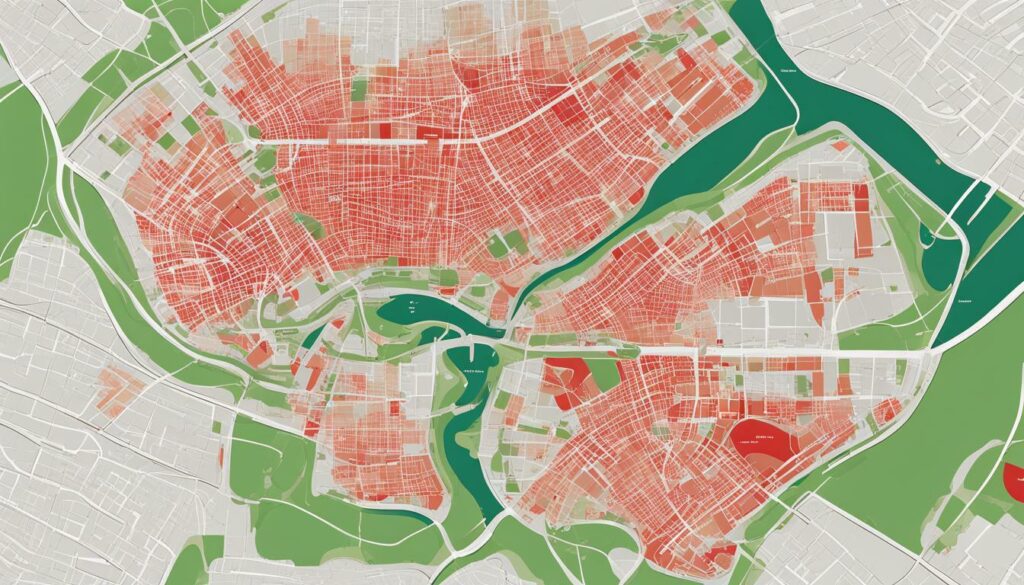

In conclusion, Google Maps can provide users with valuable information about clean air zones, including their boundaries, restrictions, and associated details. While there may be limitations and discrepancies in the data provided, accessing this information can help users make healthier and more informed choices about their daily commute.
The Importance of Clean Air Zones
If you live in a busy city, you’re likely aware of the negative impact of air pollution on your health and the environment. Clean air zones are designated areas that aim to reduce emissions, improve air quality, and protect public health. These zones are becoming more prevalent in cities around the world, with many implementing strict regulations and fines for non-compliance.
Google Maps can provide valuable information about clean air zones, including their boundaries, associated restrictions, and any additional details provided by local authorities. By using this feature, you can make informed decisions about your commuting routes and avoid areas with poor air quality. This can lead to a reduction in exposure to pollutants and promote healthier choices for you and your community.
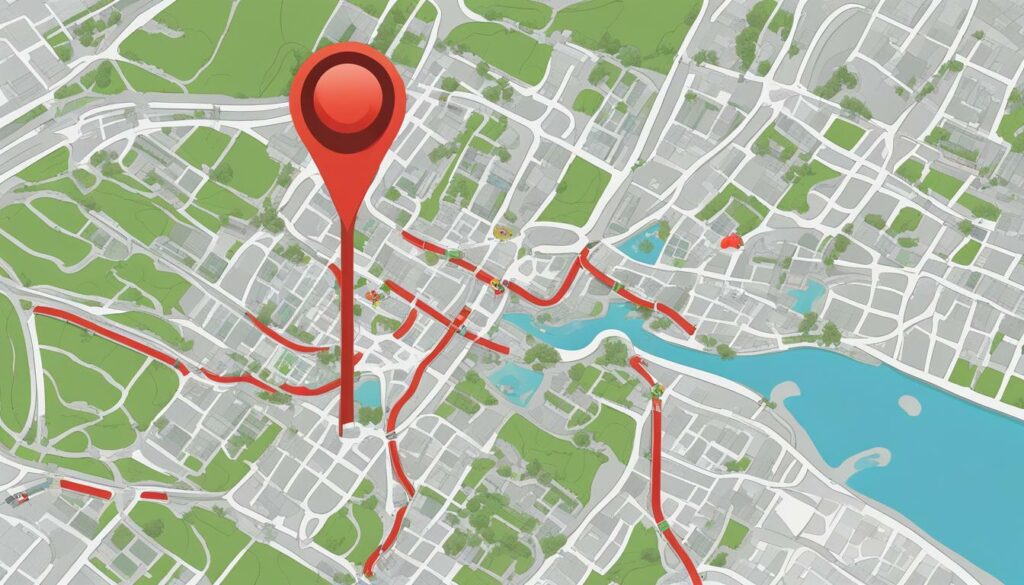

Accessing clean air zone information on Google Maps is easy and convenient. Simply search for a specific zone or enable the layer on the map. You can also receive clean air zone updates on Google Maps to stay informed about any changes or new designations. However, it’s important to consider the limitations and potential discrepancies of the data provided by Google Maps, as well as the accuracy of the information and frequency of updates.
Overall, clean air zones are crucial in promoting healthier living environments and tackling climate change. Utilizing Google Maps for clean air zone information can help you make smarter commuting decisions and contribute to a cleaner, safer future for all.
How to Access Clean Air Zone Information on Google Maps
If you’re wondering how to access clean air zone information on Google Maps, you’re in luck! It’s a straightforward process that involves just a few simple steps.
Step 1: Search for a Clean Air Zone
The first option is to search for a specific clean air zone on Google Maps. Simply enter the name of the zone you’re interested in, followed by the city or region. If available, the zone will show up on the map with a green border and a label indicating its name.
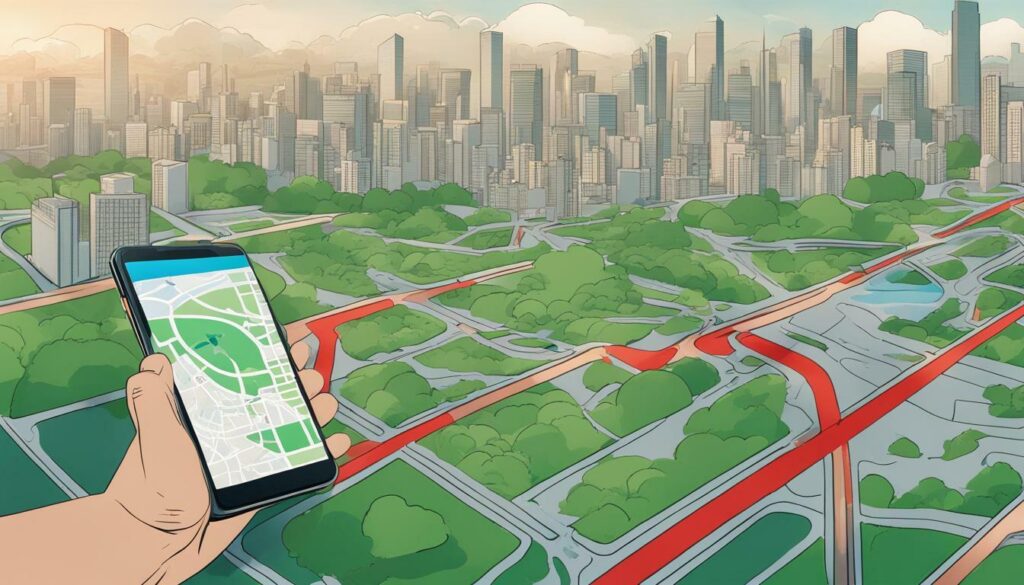

Step 2: Enable the Clean Air Zone Layer
Another option is to enable the Clean Air Zone Layer on the map. To do this, click on the Layers icon in the top-right corner of the screen. Scroll down until you see the section labeled “Explore” and select “Air quality.” Under that section, click on “Clean air zones.” The map will then display all the clean air zones available in the area you’re viewing.
Additional Settings and Features
Depending on your device and the version of Google Maps you’re using, there may be additional settings or features you can activate to view clean air zone information more easily. For example, you can adjust the transparency of the Clean Air Zone Layer to make it more or less visible. You can also customize the map legend to show only the information you’re interested in. Just experiment with the options until you find the setup that works best for you.
Overall, using Google Maps for clean air zones is a convenient and effective way to stay informed about air quality in your area. Try it out and see how it can help you make healthier decisions about your daily commute!
Limitations and Considerations
While Google Maps provides valuable information about clean air zones, there are a few limitations and considerations to keep in mind.
Firstly, clean air zone data may not be available in all regions. This means that some areas may not have designated clean air zones or the information may not be readily accessible through Google Maps.
Additionally, the accuracy of the information provided may vary. Google Maps relies on various data sources to generate air quality information, which may not always be up-to-date or consistent with official clean air zone designations.
It’s important to note that air quality is subject to change based on various factors, such as weather conditions or traffic volume. This means that the clean air zone information displayed on Google Maps may not always reflect the current conditions in real-time.
Despite these limitations, using Google Maps for clean air zone information can still be a useful tool for promoting healthier and safer commuting choices. By understanding the potential limitations and being aware of the factors that may impact air quality, users can make informed decisions and take action to reduce their exposure to pollutants.


Future Developments and Expansion
Google Maps is committed to providing accurate and up-to-date information on clean air zones to its users. As such, the app is continuously working on expanding its data sources and improving the accuracy of its air quality index.
In the future, users can expect to see more comprehensive clean air zone information on Google Maps, as well as potential integration with other air quality monitoring systems. This will allow for a more robust and informed decision-making process when planning a commute or travel route.
Google is also working with environmental organizations and local authorities to expand clean air zone information to more regions and cities worldwide. This will help promote healthier living environments and contribute to the global effort to tackle climate change.
Stay tuned for more updates and developments on clean air zones on Google Maps.
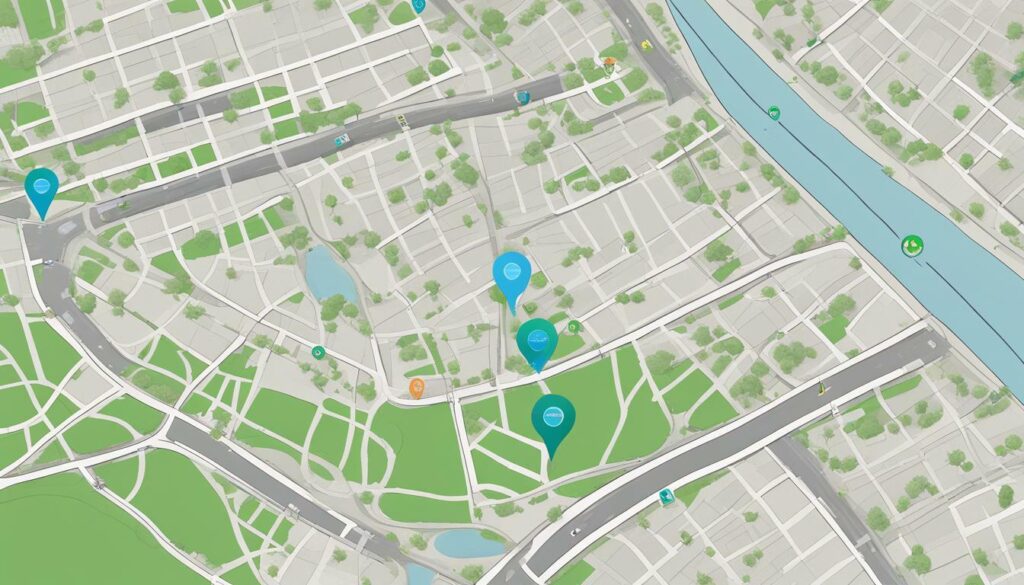

Conclusion
So, can Google Maps show clean air zone? The answer is a resounding yes!
With its real-time air quality information feature, Google Maps can provide users with valuable information about the air quality in their area. By suggesting safer and cleaner routes for commuting, the app promotes healthier choices for users and reduces their exposure to pollutants.
The app also provides specific details about clean air zones, including their boundaries, associated restrictions, and additional information provided by local authorities. By accessing this information, users can navigate through or around these zones with greater ease and safety.
While there may be some limitations and considerations to keep in mind, such as the availability and accuracy of data, the potential for future developments and expansion is promising.
Overall, Google Maps is a valuable tool for anyone concerned about air quality and interested in making healthier and safer choices for their daily commute. So go ahead, try it out, and breathe easier!
FAQ
Q: Can Google Maps show clean air zones?
A: Yes, Google Maps can show clean air zones. It provides information about the boundaries of these zones, associated restrictions, and any additional details provided by local authorities.
Q: How can Google Maps display real-time air quality information?
A: Google Maps utilizes air pollution data from reliable sources to display real-time air quality information. This feature helps users make informed decisions about their routes and avoid areas with poor air quality.
Q: Can Google Maps help me navigate safer and cleaner routes?
A: Absolutely! Google Maps can suggest alternative routes to avoid areas with high pollution levels or congested traffic. This feature promotes healthier choices for commuters and reduces exposure to pollutants.
Q: What specific clean air zone information does Google Maps provide?
A: Google Maps provides details about clean air zones, including their boundaries, associated restrictions, and additional information provided by local authorities. This information is crucial for users who need to navigate through or around these zones.
Q: Why are clean air zones important?
A: Clean air zones play a vital role in promoting healthier living environments. They help in reducing emissions, improving air quality, protecting public health, and combating climate change. Google Maps helps users stay informed about these zones for a healthier and more sustainable future.
Q: How can I access clean air zone information on Google Maps?
A: It’s easy! You can access clean air zone information on Google Maps by searching for specific zones or enabling the layer on the map. Make sure to check any additional settings or features you might need to activate to view this information.
Q: Are there any limitations or considerations when using Google Maps for clean air zone information?
A: Yes, there are a few things to consider. Clean air zone data availability may vary in different regions, and the accuracy of the information may depend on various factors. Updates to the data may not be real-time, and there might be discrepancies between the Google Maps data and official clean air zone designations.
Q: What can we expect for the future of clean air zone information on Google Maps?
A: Google is continuously working on improving the availability and accuracy of clean air zone information. There may be future developments that include more comprehensive data, additional features, and integration with other air quality monitoring systems. Google is committed to collaborating with environmental organizations to provide the best possible information to users.

